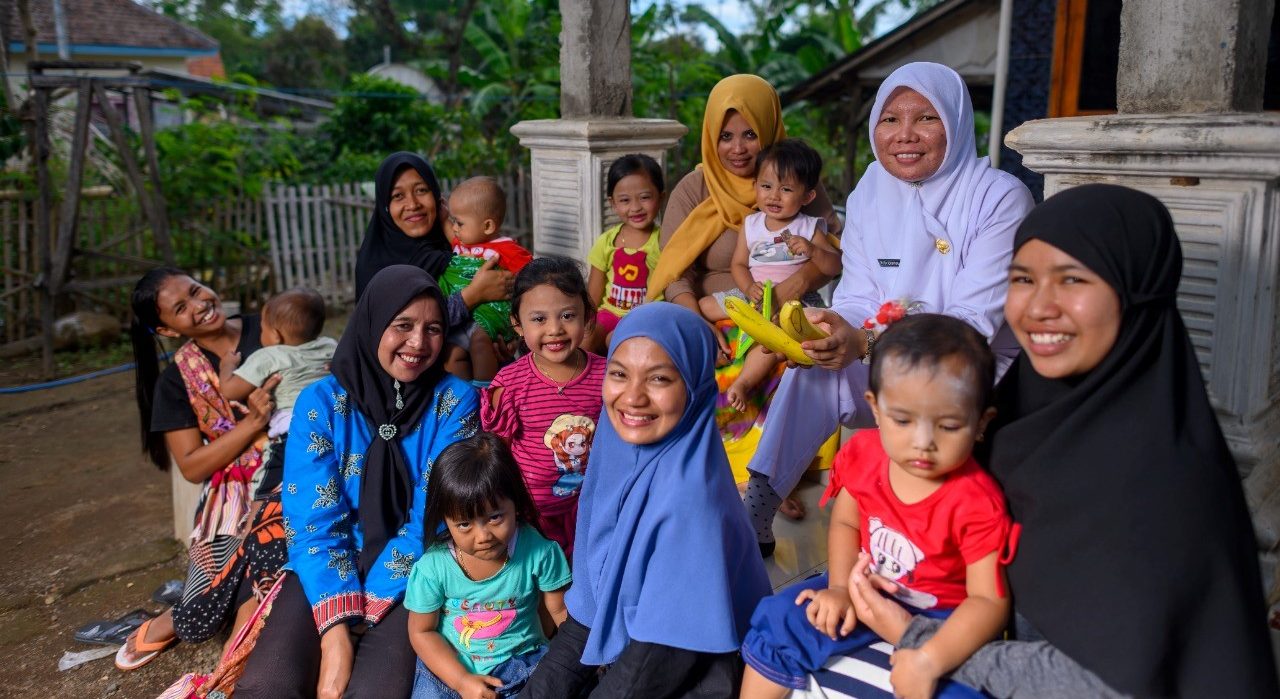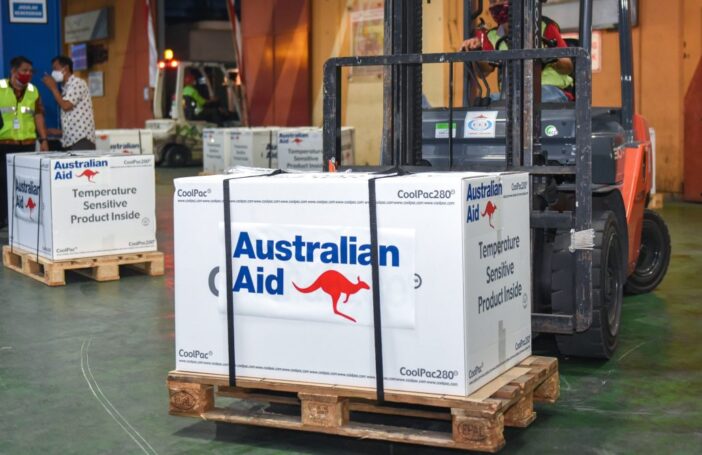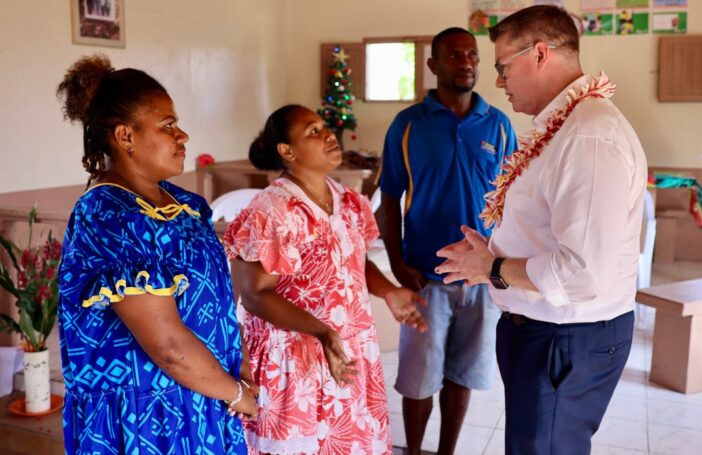Locally led development is a resounding theme throughout Australia’s new international development policy. The policy identifies support for locally led change as a key strategy for achieving its objective of a peaceful, stable and prosperous Indo-Pacific. It commits the Australian government to putting local actors at the heart of the development program, especially partner governments, local civil society organisations, and the locally engaged staff in the Department of Foreign Affairs and Trade (DFAT) itself. It sets the stage for the way DFAT engages local stakeholders throughout the development program cycle, from design to delivery to monitoring, learning and evaluation.
While the policy emphasises the ‘what’ and the ‘why’ of locally led development, DFAT and its development partners will need to grapple with ‘how’ to make it happen.
We recently worked with DFAT to convene a discussion involving staff from DFAT, contractors, NGOs and other aid stakeholders on effective approaches to locally led development. Taking place before the release of the new policy, the event underscored the need for funding agencies to set clear directions on locally led development, to provide practical guidance, and to tackle the institutional norms and constraints hampering progress on locally led development. It also featured examples of contractors’ attempts to address obstacles themselves within the changing aid landscape, and highlighted the resounding need for further exchange of good practices on both sides.
We share here some highlights from the conversation that tackle aspects of the ‘how’ of locally led development. And we propose ways in which contractors can help lay the foundations for more equitable, diverse and locally led development relationships in the future.
The discussion was structured around the Abt Associates’ ‘4S’ framework, which describes four key dimensions of locally led development: systemic, strategic, spending and staffing. As a conversation starter, we provided recent examples of good practice in each of these dimensions of localisation from the Pacific and Southeast Asia.
Systemic localisation refers to the extent to which individual donor investments are integrated into the host government’s national planning and budgeting system. To illustrate how this can be done effectively, the KOMPAK Governance for Growth program in Indonesia provided an example of transitioning donor-funded activities into government plans and budgets during implementation. While DFAT had ensured the concept for KOMPAK was developed as part of the Government of Indonesia’s (GoI) poverty reduction pillar in the Mid-Term National Development Plan, the KOMPAK team worked with GoI on embedding pilots into government systems and upscaling the successful ones into nation-wide policies and programs. The discussion highlighted the importance of not only embedding changes into government systems, but also engaging with civil society given their critical role in holding governments to account.
How far investments are designed and owned by the host government or other local partners forms the strategic dimension of localisation, and has historically been viewed as the responsibility of funding agencies. However, implementing agencies can also drive program design, operations and collaboration with government, civil society and private sector partners. This means setting up strategic planning, program governance and monitoring and evaluation processes that include and nurture local organisations early on. Challenges may arise – such as the need for core funding to enable organisations to engage in co-design – but taking a proactive approach and seeking mutual resolution at the design stage puts local organisations on a stronger, more equal footing from the outset. As was pointed out, this approach also strengthens long-term civic engagement.
Spending was the subject of much debate during our gathering. If decision-making and spending authority were devolved to a greater extent, what could DFAT and contractors do differently? Preferencing and tracking local procurement and expenditure are good starting points. In the five DFAT-funded programs delivered by Abt in Papua New Guinea last year, 83% of subcontracts were with PNG-registered organisations and 88% of grantees receiving funds were PNG-registered.
What’s next on the agenda around spending? The policy acknowledges the need to balance accountability with a greater risk tolerance. At our roundtable, contractors expressed a desire to collaborate with DFAT on managing any fiduciary risks while increasingly delegating planning and budgeting authority to their local (that is, sub-national) teams and providing funding to newer and smaller local partners. Our conversation also surfaced concerns about quality: how can more trust be engendered in a partner government or a civil society organisation when it comes to resource allocations? What changes in procurement and accountability mechanisms are needed for this to happen? How can we provide space for local partners to set priorities and take decisions – sharing risks between funding agency and contractor?
The fourth and final dimension of staffing raises the question of how donors and contractors can work together to incentivise greater investment in local staff. Again, contractors are showing initiative in shifting behaviours and power relations. We have spoken elsewhere about Abt’s commitment to see local staff succeed as team leaders and managers. Among the six Abt-managed programs in PNG, local Papua New Guinean staff occupy more than half of the management positions. Nearly 10% of our PNG workforce hold management positions. DT Global is also changing the rhetoric on local versus international staff and investing in the transformational leadership capacity of local staff. Building on these examples, is there space for contractors and DFAT to work collectively to build and support better career pathways for local staff?
Our conversation with DFAT shed light on the ways in which local staff – no matter how senior their position – can be inadvertently excluded from the formal and informal networks and conversations where power is exercised. Rather than using increased levels of local staffing as the single measure of successful localisation, our task should thus be to shift the behaviours, power relations and structures that shape decision-making. This includes ensuring greater visibility for local staff but also identifying and engaging with them as drivers of change, including on setting the direction and planning for country-level partnerships.
These practices are not yet commonplace across Australia’s aid program. Certainly, the new international development policy demonstrates commitment to locally led development. In the recent Pulse Check by the Development Intelligence Lab, development practitioners from the Pacific and Southeast Asia overwhelmingly voted for localisation and decolonisation as the topmost priorities for change in Australia’s aid program. Contractors are keen to help DFAT translate commitment into results.
Approaching development differently will require both funding agencies and contractors to learn new skills and shift mindsets. Locally led development calls for reshaping the business processes of development organisations to reflect a genuine intent to shift power to local actors. Moreover, it calls for an honest reflection on the norms and biases that prevail in the development sector.





Interesting overview article. As a further effort to assist localisation, DFAT and other external country aid providers, need to direct, where possible, private sector projects, directly to locally owned and operated Consultancy Companies, not thru established operatives in the country of origin. Thus the full financial benefits accrue to the local country and Company’s, without being diluted, en route! This could also assist, stretch the aid dollar further.
What if the locally owned and operated Consultancy Companies are, simply, bad? Is it DFAT’s role to build the capacity of that local private sector?